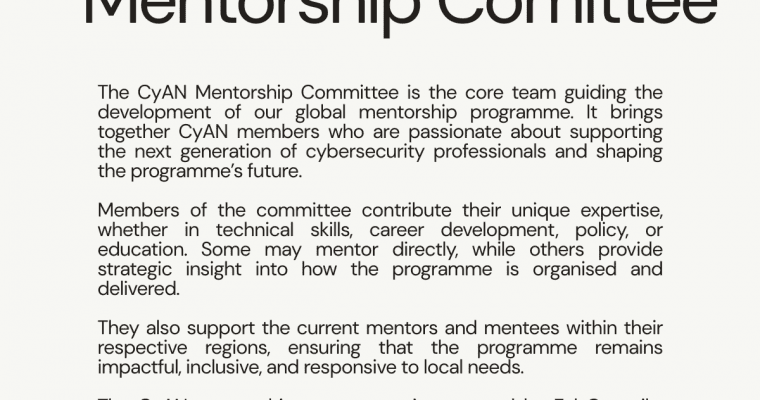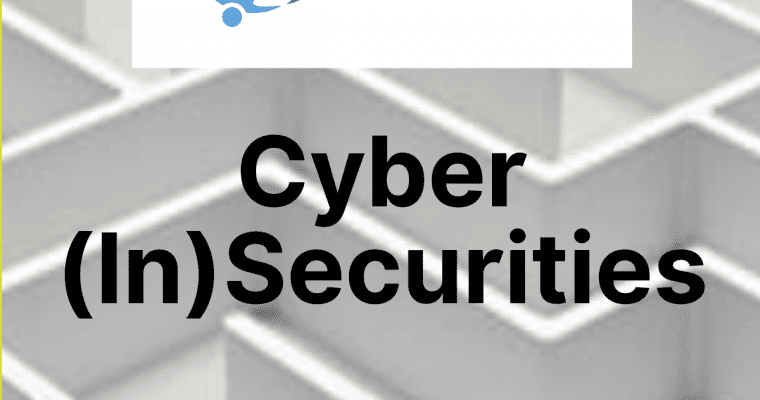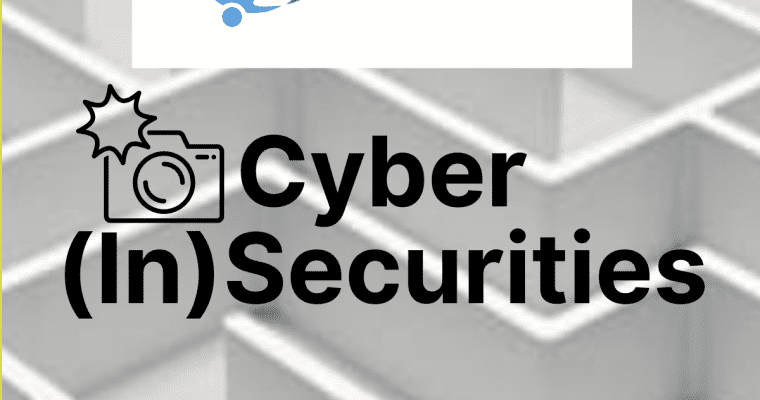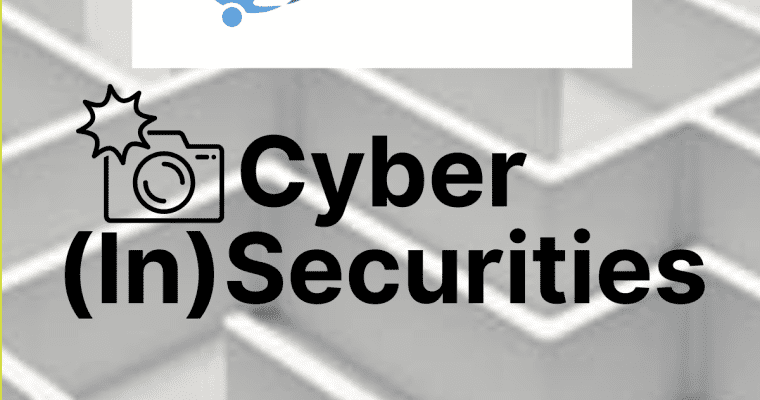Meet the CyAN Mentorship Committee – Driving Global Cybersecurity Mentorship
We are excited to introduce the global team guiding the CyAN Mentorship Programme. From Europe to the Americas, the Middle East to APAC, these dedicated members bring deep expertise and leadership to support the next generation of cybersecurity professionals. Working together, they provide strategic direction, …







